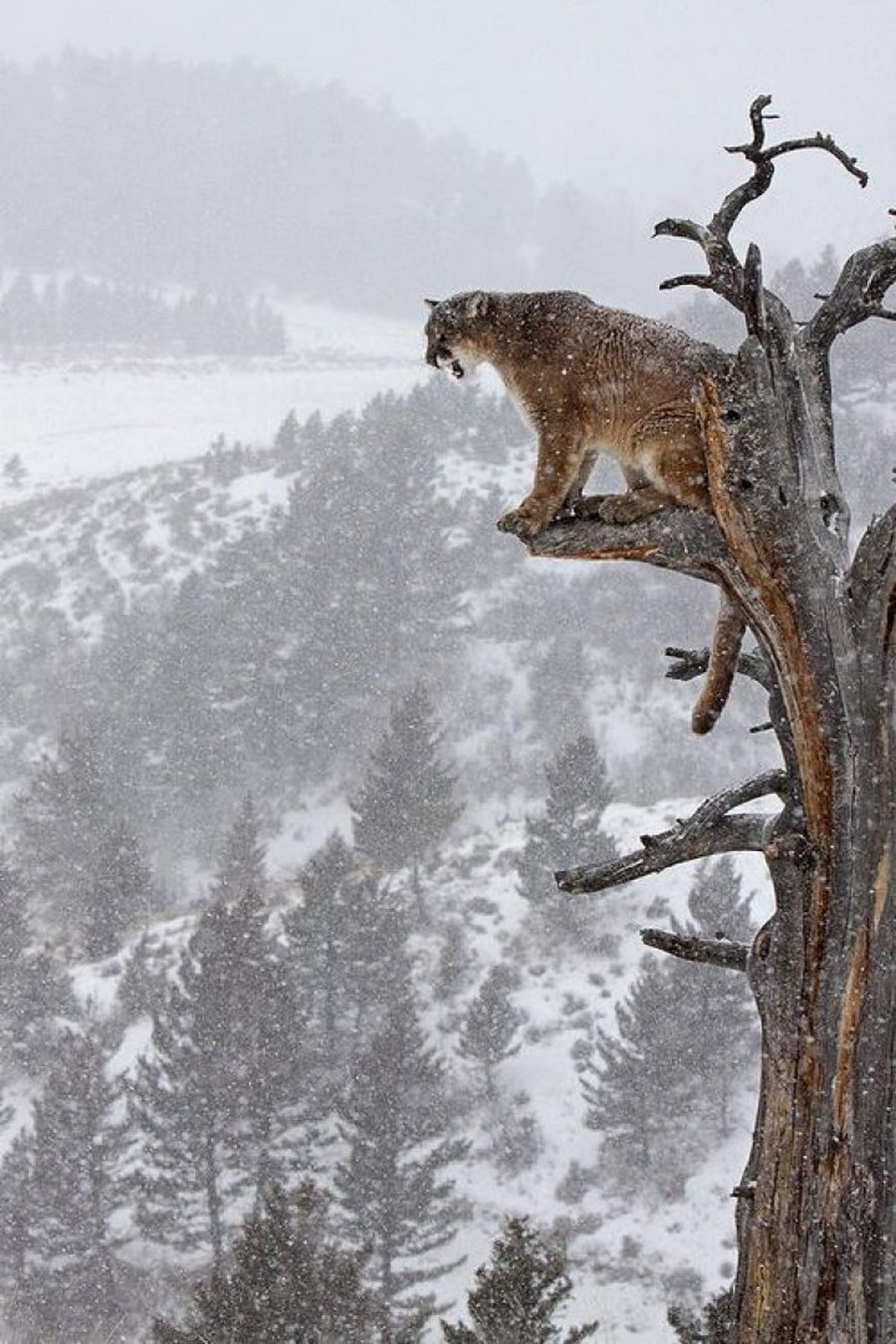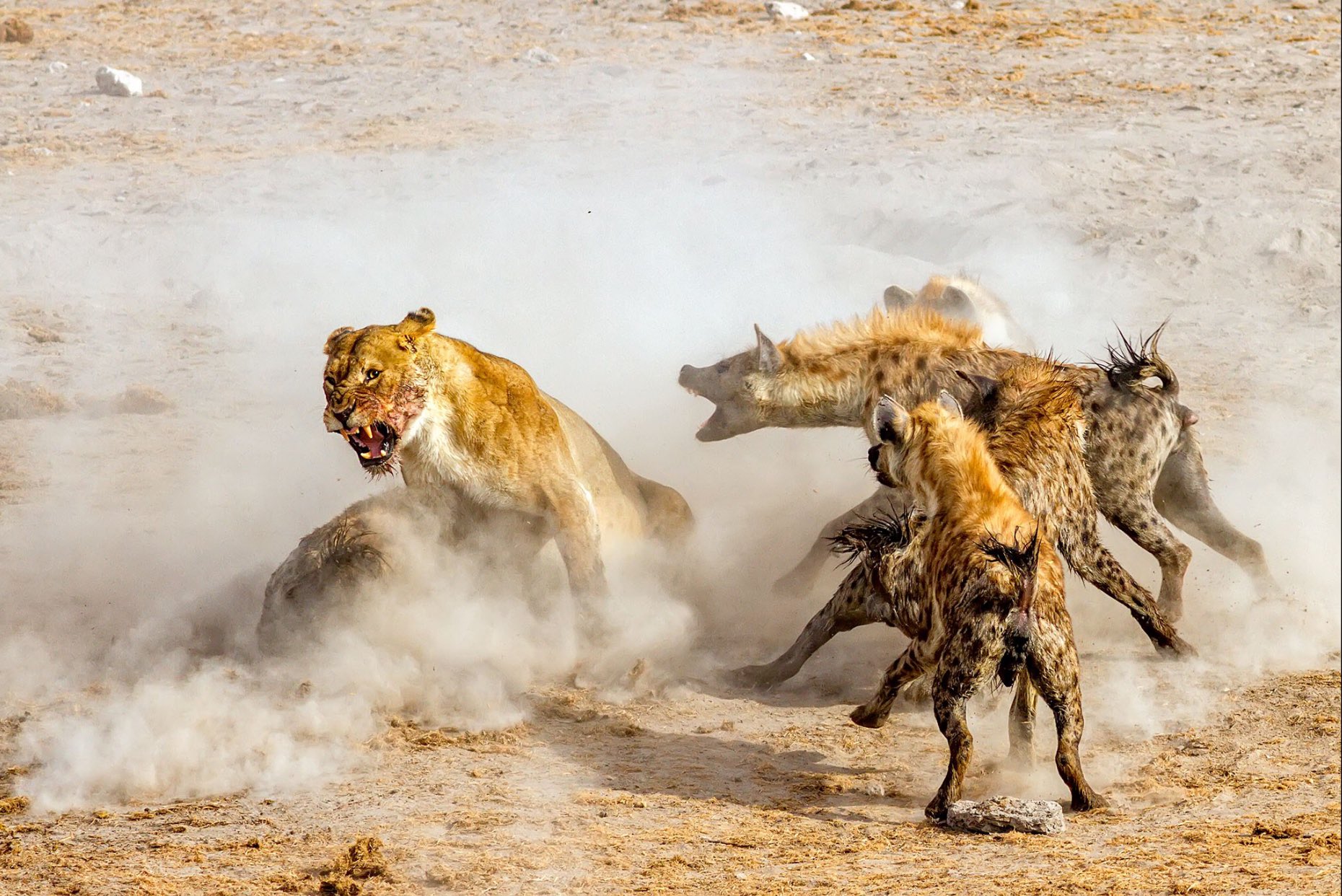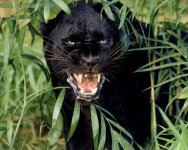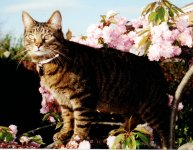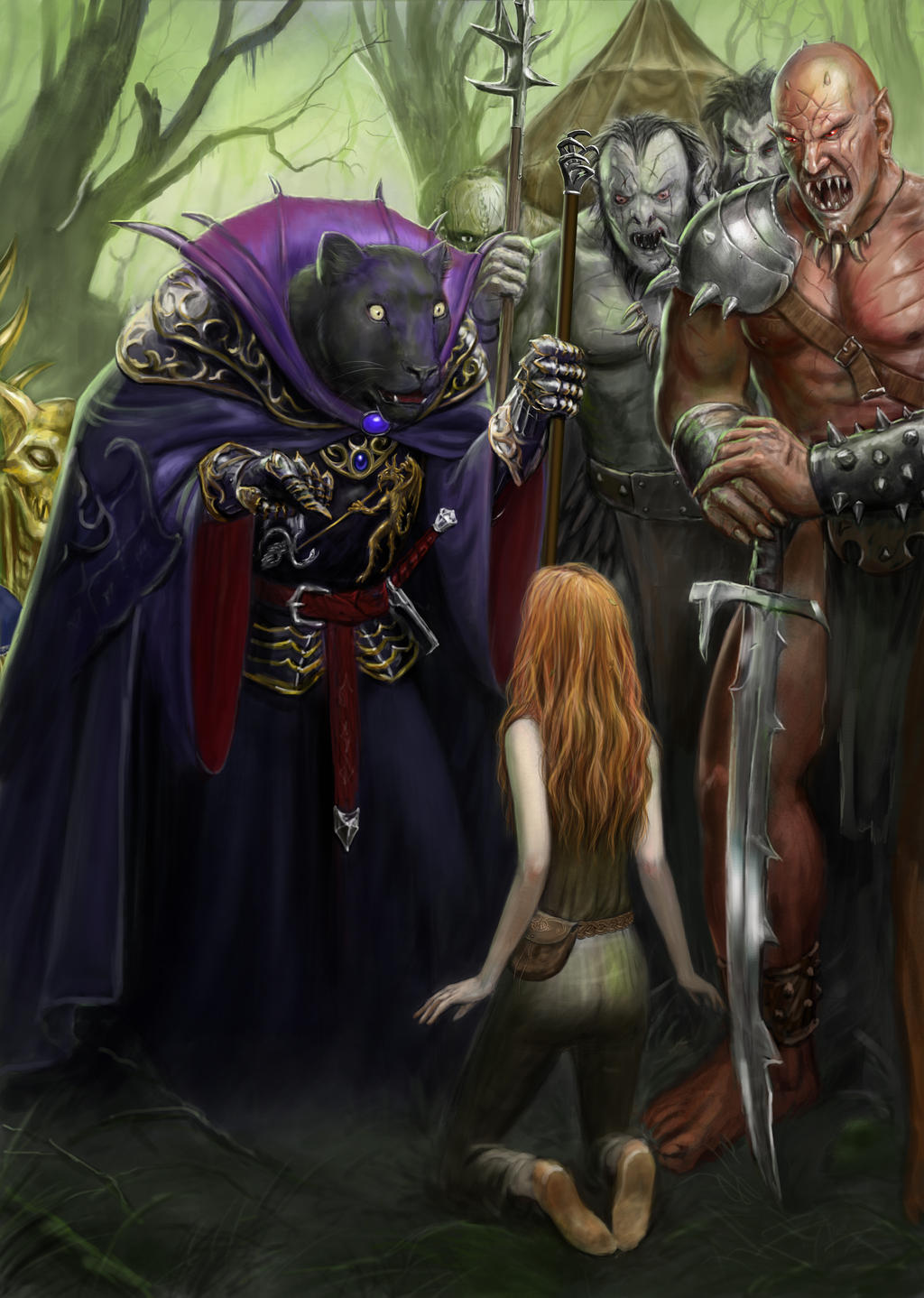-
Features
-
Friends of IIDBFriends Recovering from Religion United Coalition of Reason Infidel Guy
Forums Council of Ex-Muslims Rational Skepticism
Social Networks Internet Infidels Facebook Page IIDB Facebook Group
IIDB Archives FRDB Archive Secular Café Archive
You are using an out of date browser. It may not display this or other websites correctly.
You should upgrade or use an alternative browser.
You should upgrade or use an alternative browser.
The Beautiful Cats Thread
- Thread starter GenesisNemesis
- Start date
Potoooooooo
Contributor
Potoooooooo
Contributor
Potoooooooo
Contributor
A naughty French lynx enjoying some
Mouton servi froid

Mouton servi froid

Potoooooooo
Contributor
Potoooooooo
Contributor
A real cool cat


Potoooooooo
Contributor
'I am the Cat who walks by himself"
Rudyard Kipling

Rudyard Kipling

Potoooooooo
Contributor
Potoooooooo
Contributor
Potoooooooo
Contributor
arnoldo
Member
Potoooooooo
Contributor
A very rare King Leopard


Potoooooooo
Contributor
An (almost) spotless cheetah

![2048x1360_947815_[www.ArtFile.ru].jpg](/proxy.php?image=http%3A%2F%2Fi.artfile.ru%2F2048x1360_947815_%5Bwww.ArtFile.ru%5D.jpg&hash=9d4139a2c55f954eee61b8415a992f50)

![2048x1360_947815_[www.ArtFile.ru].jpg](/proxy.php?image=http%3A%2F%2Fi.artfile.ru%2F2048x1360_947815_%5Bwww.ArtFile.ru%5D.jpg&hash=9d4139a2c55f954eee61b8415a992f50)
Potoooooooo
Contributor
The wonderful thing about Striggers Is Striggers are wonderful things! I wish I could think up some more altered lyrics
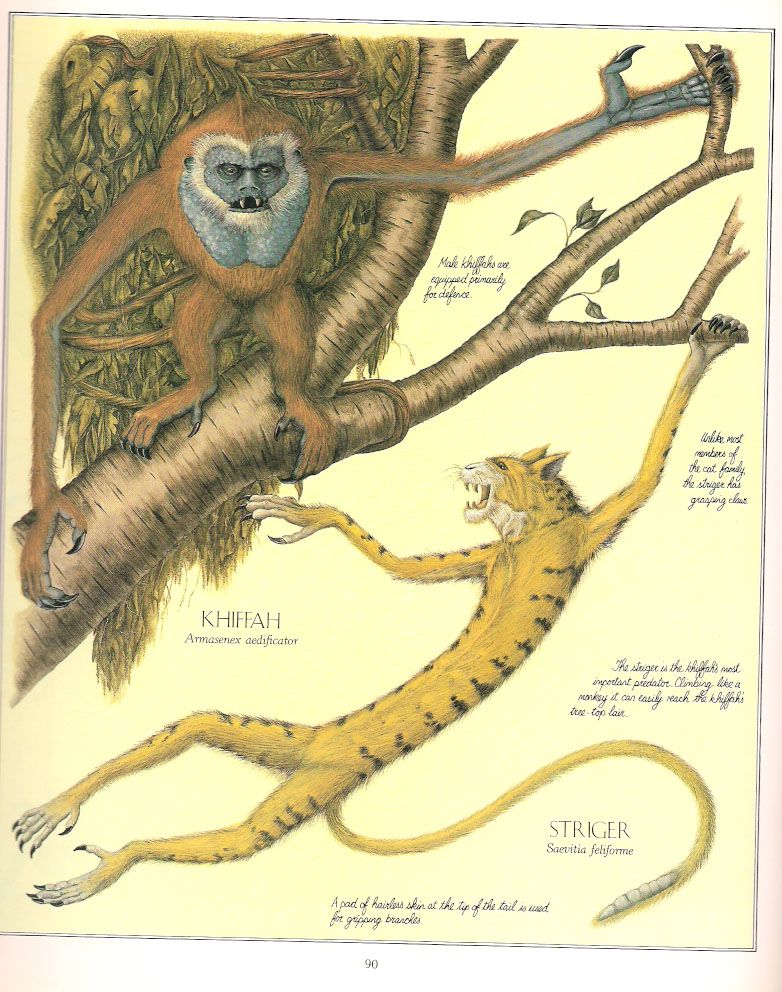
During most of the Age of Mammals the apes and monkeys enjoyed a degree of security among the tree tops. For even though there were some predators, none was adapted to prey on them specifically - but that was before the striger.
This fierce little creature, Saevitia feliforme, developed from the last of the true cats about 30 million years ago and spread throughout the rain forests of Africa and Asia, its success hinging on the fact that it was as well adapted to life in the trees as its prey. The striger even adopted the bodily shape of the monkeys on which it fed; a long, slender body, forelimbs that could swing apart to an angle of 180�, a prehensile tail and opposable fingers and toes that allowed it to grasp the branches.
With the coming of the striger the arboreal mammal fauna of the tropical forest underwent considerable change. Some of the slow-moving leaf- and fruit-eating animals were wiped out completely. Others, however, were able to adapt in the face of this new menace. As usual, when an environmental factor as radical as this is introduced, evolution takes place in a rapid leap, because now quite different physical attributes are advantageous.
The clatta, Testudicaudatus tardus, a lemur-like prosimian with a heavily armoured tail protected by a series of overlapping horny plates, demonstrates this principle. Before the arrival of the tree-living predators, such a tail would have been a disadvantage, interfering with the efficiency of food gathering. Any tendency for such a cumbersome structure to evolve would have been quashed rapidly by natural selection. But faced with constant danger the efficiency of food gathering would have taken on an importance secondary to defence and would have therefore created the correct conditions for it to evolve.
The animal itself is a leaf-eater and moves slowly, upside down, along the boughs. When a striger attacks, it drops down and hangs from a branch by its tail. The clatta is now safe - the only part within reach of the predator is too heavily armoured to be vulnerable.
The khiffah, Armasenex aedificator, is a monkey whose defence is based on its social organization. It lives in tribes of up to twenty individuals and builds defensive citadels in the boughs of trees. These large, hollow nests, woven from branches and creepers and roofed with a rainproof thatch of leaves, have several entrances, usually situated where the main branches of the tree thrust through the structure. Most of the work of food gathering and building is carried out by females and young males. The adult males remain behind to defend the citadel and have developed a unique set of features to carry out their highly specialized role; horny armour over the face and chest and vicious claws on the thumb and forefinger.
It is not unknown for a female to taunt a passing striger and allow herself to be pursued back to the citadel, dashing to safety while the striger finds its way barred by a powerful male capable of disembowelling it with a swipe from its terrible claws. This apparently senseless behaviour, however, provides the colony with fresh meat, a welcome supplement to their basic vegetarian diet of roots and berries. Only young and inexperienced strigers are caught this way.

During most of the Age of Mammals the apes and monkeys enjoyed a degree of security among the tree tops. For even though there were some predators, none was adapted to prey on them specifically - but that was before the striger.
This fierce little creature, Saevitia feliforme, developed from the last of the true cats about 30 million years ago and spread throughout the rain forests of Africa and Asia, its success hinging on the fact that it was as well adapted to life in the trees as its prey. The striger even adopted the bodily shape of the monkeys on which it fed; a long, slender body, forelimbs that could swing apart to an angle of 180�, a prehensile tail and opposable fingers and toes that allowed it to grasp the branches.
With the coming of the striger the arboreal mammal fauna of the tropical forest underwent considerable change. Some of the slow-moving leaf- and fruit-eating animals were wiped out completely. Others, however, were able to adapt in the face of this new menace. As usual, when an environmental factor as radical as this is introduced, evolution takes place in a rapid leap, because now quite different physical attributes are advantageous.
The clatta, Testudicaudatus tardus, a lemur-like prosimian with a heavily armoured tail protected by a series of overlapping horny plates, demonstrates this principle. Before the arrival of the tree-living predators, such a tail would have been a disadvantage, interfering with the efficiency of food gathering. Any tendency for such a cumbersome structure to evolve would have been quashed rapidly by natural selection. But faced with constant danger the efficiency of food gathering would have taken on an importance secondary to defence and would have therefore created the correct conditions for it to evolve.
The animal itself is a leaf-eater and moves slowly, upside down, along the boughs. When a striger attacks, it drops down and hangs from a branch by its tail. The clatta is now safe - the only part within reach of the predator is too heavily armoured to be vulnerable.
The khiffah, Armasenex aedificator, is a monkey whose defence is based on its social organization. It lives in tribes of up to twenty individuals and builds defensive citadels in the boughs of trees. These large, hollow nests, woven from branches and creepers and roofed with a rainproof thatch of leaves, have several entrances, usually situated where the main branches of the tree thrust through the structure. Most of the work of food gathering and building is carried out by females and young males. The adult males remain behind to defend the citadel and have developed a unique set of features to carry out their highly specialized role; horny armour over the face and chest and vicious claws on the thumb and forefinger.
It is not unknown for a female to taunt a passing striger and allow herself to be pursued back to the citadel, dashing to safety while the striger finds its way barred by a powerful male capable of disembowelling it with a swipe from its terrible claws. This apparently senseless behaviour, however, provides the colony with fresh meat, a welcome supplement to their basic vegetarian diet of roots and berries. Only young and inexperienced strigers are caught this way.
IanSYK
Half Way Between
IanSYK
Half Way Between
Potoooooooo
Contributor
Here is one black cat that really is bad luck
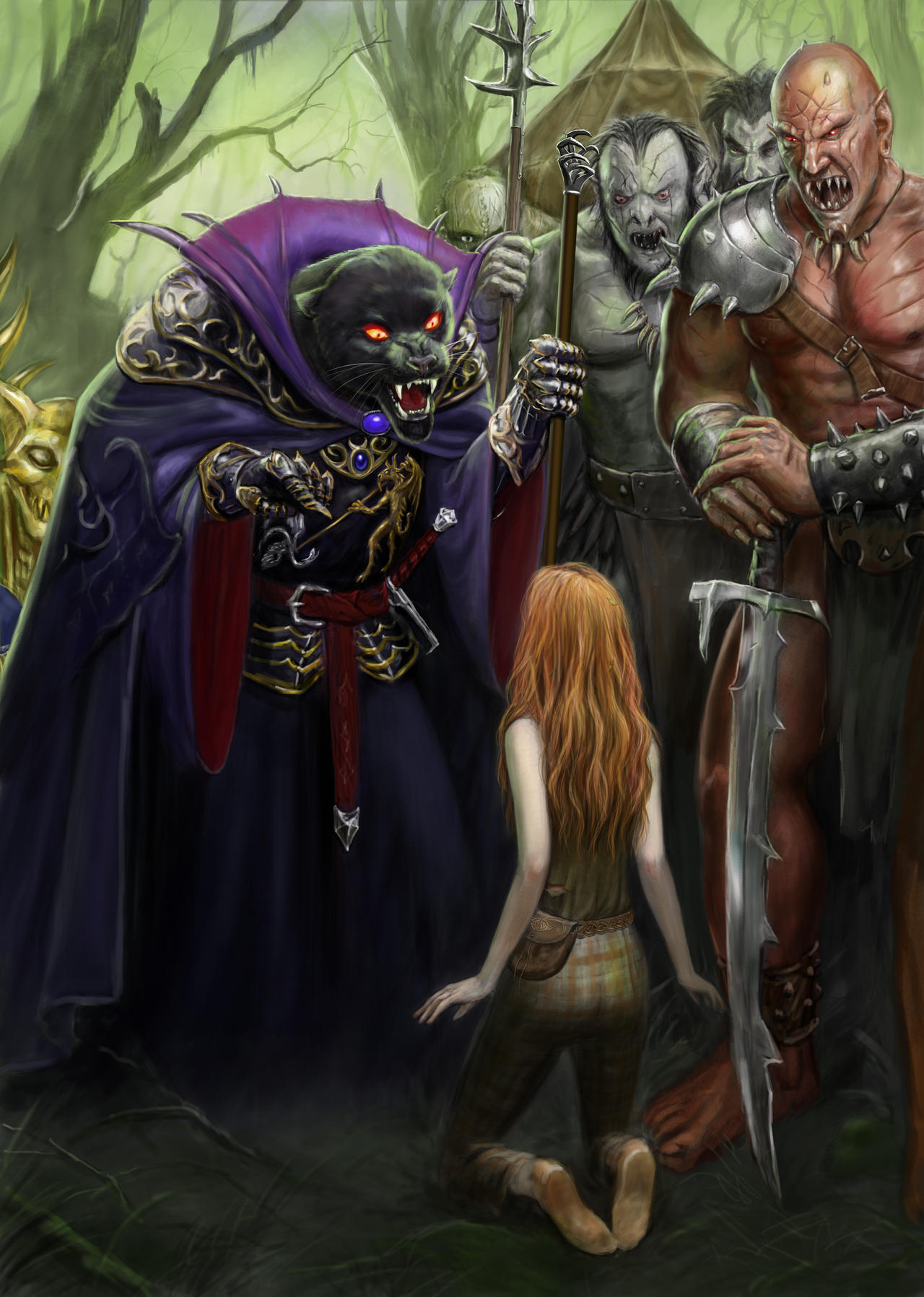

- Joined
- Oct 22, 2002
- Messages
- 38,877
- Location
- Frozen in Michigan
- Gender
- Old Fart
- Basic Beliefs
- Don't be a dick.
and invisible.



